Vindolanda
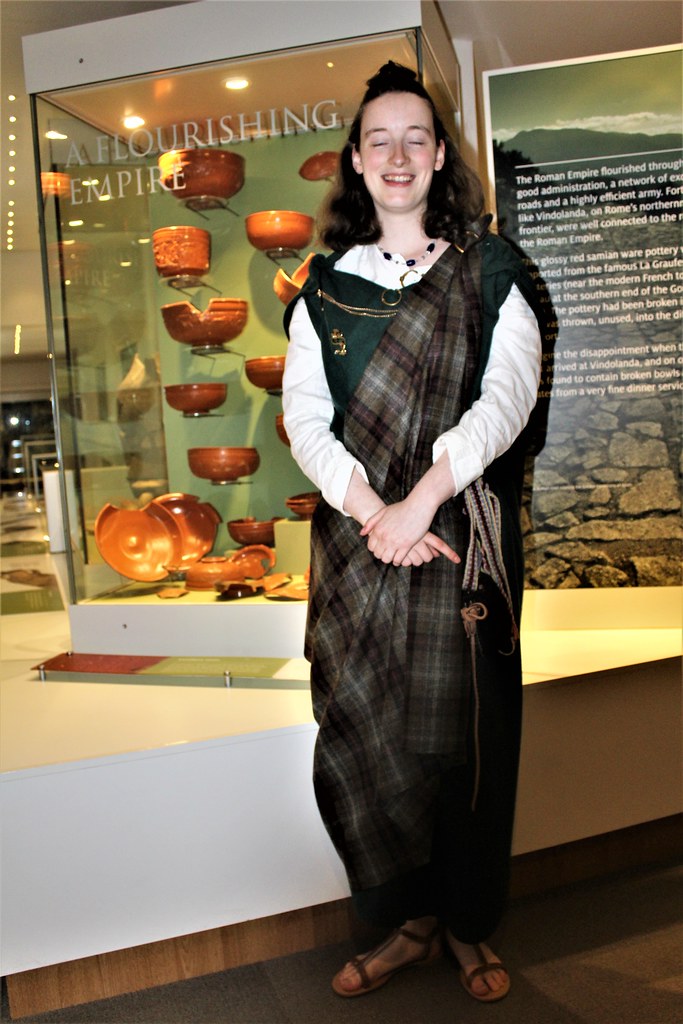
Lepidina. Reenactment from AD100
Today, I am posting information on Vindolanda, an extensive Roman military site located about 1 mile south of Hadrian’s Wall in northern England.This site about thirty five mile west of Newcastle-upon-Tyne.
Vindolanda compries both military fort and civilian settlement (vicus). Archaeological research is ongoing and has revealed a wealth of artefacts and finds including textiles, footwear, human and animal bones, weaponry, coins, leather goods and unique written communications know as the ‘Vindolanda Tablets’.
Summary information on the site as follows:
- Original fort established around AD 85, some forty years before commencement of Hadrian’s Wall.
- In the early years the fort was constructed of wood and hence was required to be rebuilt at regular intervals. It is likely that the fort had been rebuilt five times by the early years of Hadrian’s reign ( 117-138). At each rebuild the old fort was levelled and covered in turf, a process which created perfect anaerobic conditions for preservation of perishable items such as textiles, leather and wood. Overall, the Vindolanda fort could have been rebuilt ten times before the Romans departed in the early fourth century.
- Initially, the fort housed the 1000 strong, Ninth Cohort of Batavians ( from Gaul/France) who departed in AD 105 to fight in the Dacian Wars (Romania). For most of the life of the fort it appears that Vindolanda was the base for the Fourth Cohort of Gauls, a unit possibly half the size of the Ninth Cohort.
- The site today comprises (a) a playing card shaped military stone fort within which were barracks, residence of Commanding Officer and H.Q. Building and (b) a civilian settlement outside the west gate of the fort made up of homes, shops and workshops plus a bath house and granaries.
- The site was well-engineered with water supply system part of which remains extant.
- The physical stonework remaining today mainly dates from the 3rd and 4th centuries.
- Vindolanda is probably best known for the famous ‘Vindolanda Tablets’, a large number of routine military and private communications written on thin veneers of wood in the mid 120s but unintentionally preserved owing to being discarded in a water-logged pit and then secured in the anaerobic conditions adverted to above. These tablets provide a unique insight into daily life and social conditions including, surprisingly, the presence of women on the frontier.
- The site continued to be occupied into the 5th and 6th centuries, long after the collapse of Roman power in Britain in AD 410. There is evidence of an early Christian Church on the site dating from the post-Roman period.
The site benefits from a Visitor Centre with shop, museum and refreshment facilities.
Visitors should allow up to two hours to gain an initial appreciation for the archaeology.

Example of hypocaust underfloor heating system.The floor surtface was positioned on top of the stone uprights.
Video clip of replicas of three great altars and one tombstone originals of which were found at Vindolanda in 19th century.
Video clip of milestone.

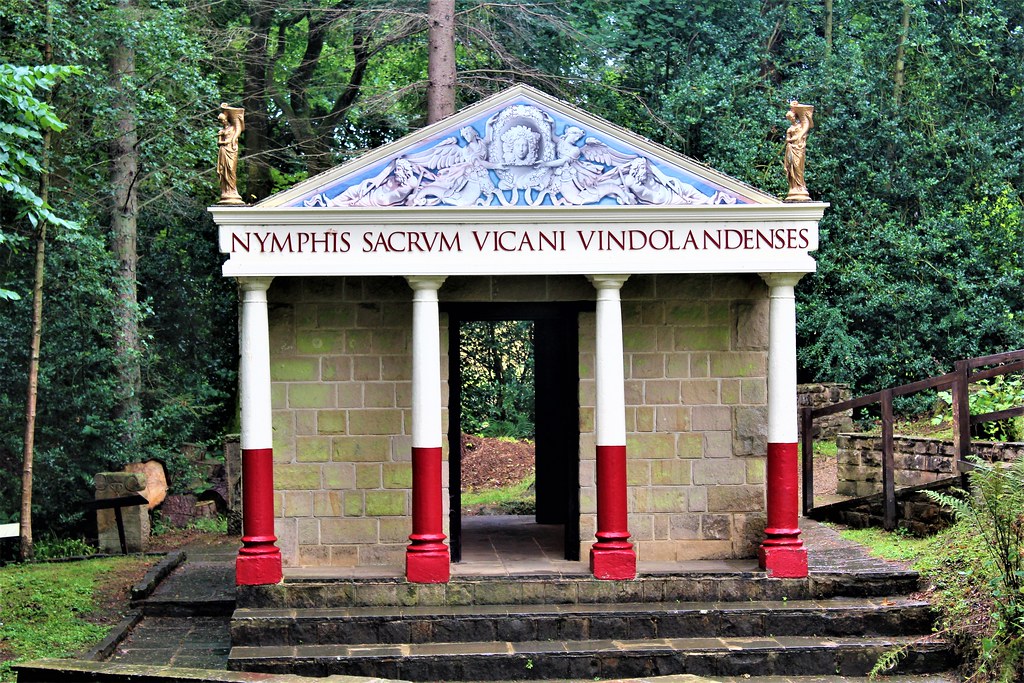

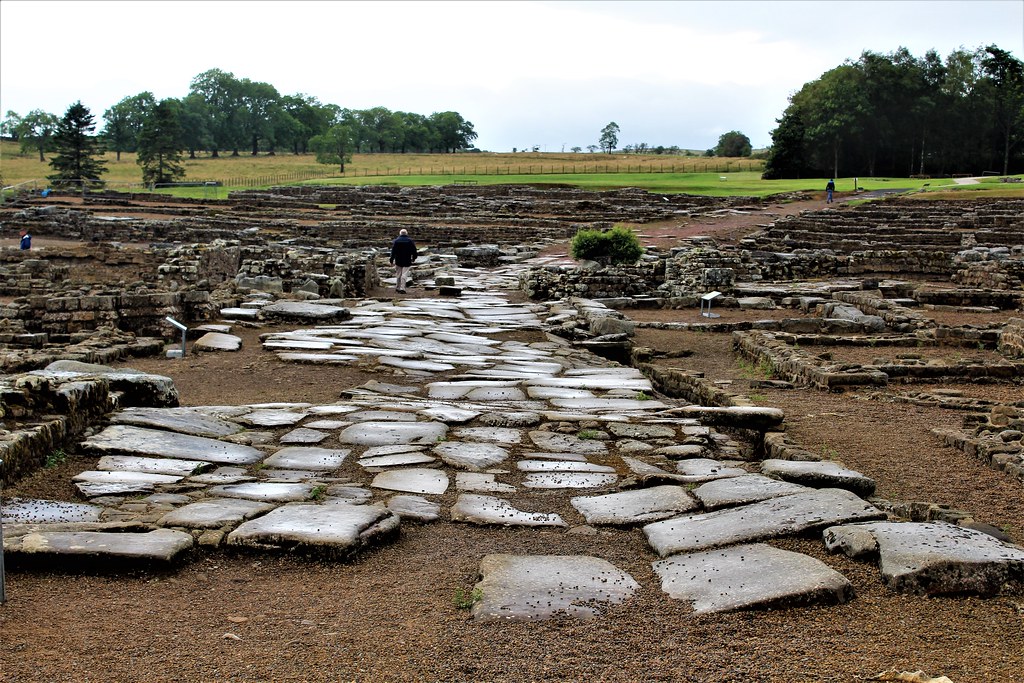

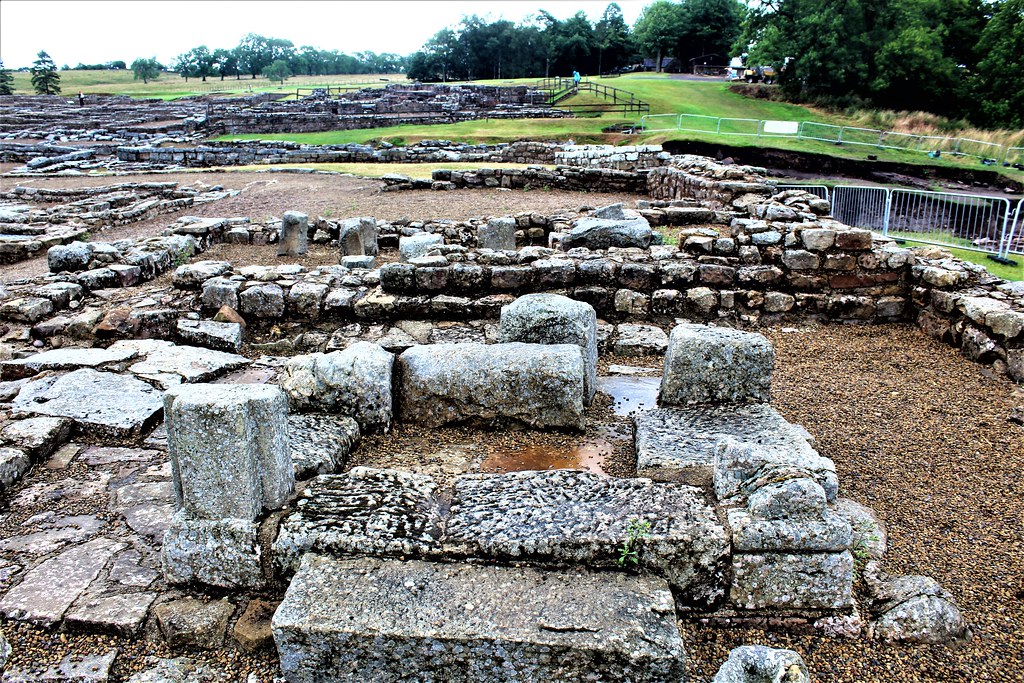
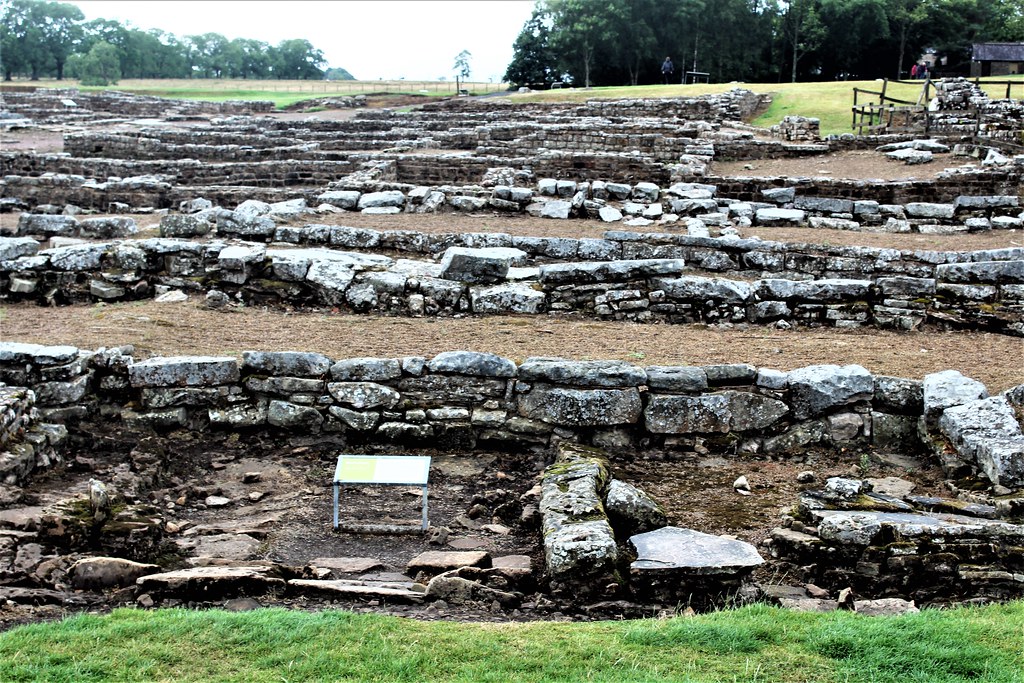
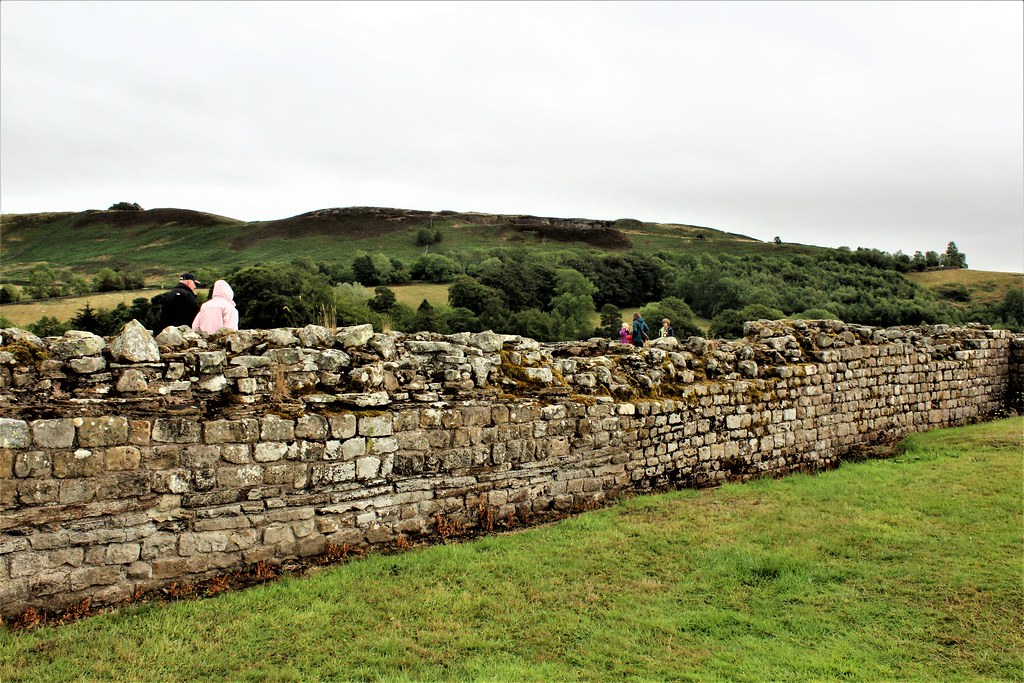

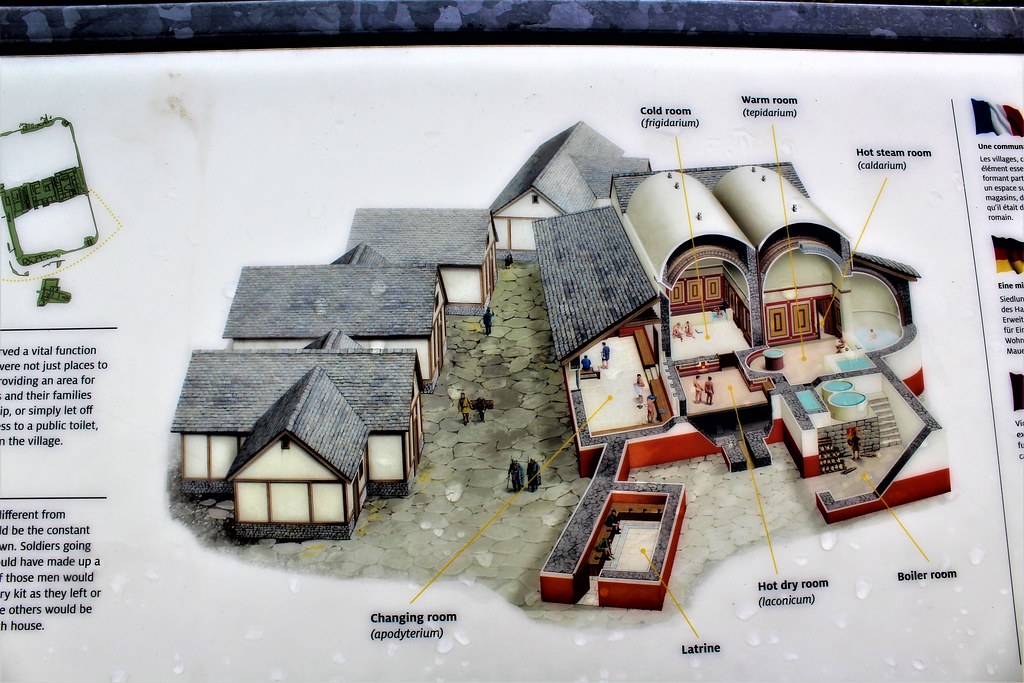
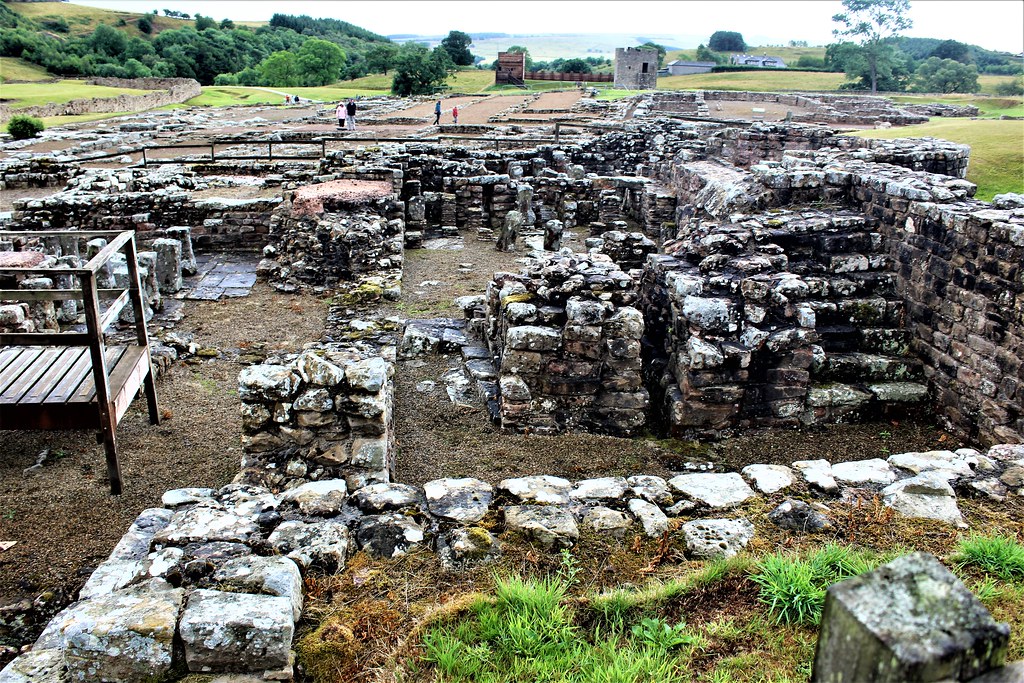


Comments
Post a Comment